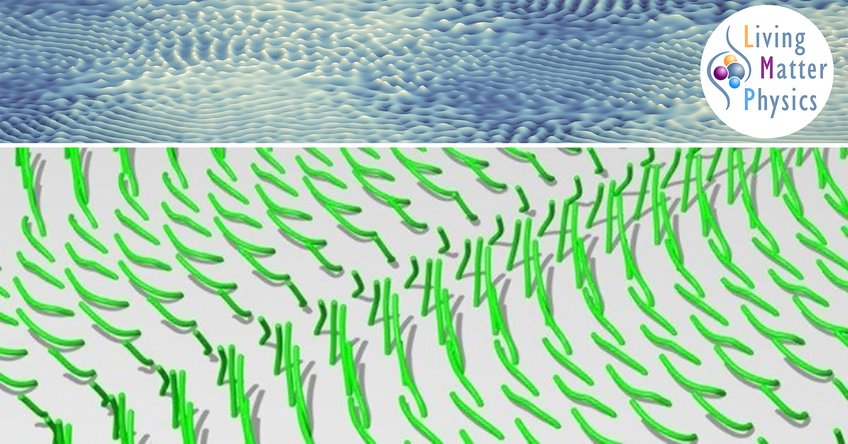
Mechanical Activity
Cilia are hair-like cellular protrusions that move the surrounding fluid by beating in a non-reciprocal manner. They are involved in the swimming of many microorganisms, but also fulfill a number of functions in humans, such as the clearance of mucous in airways, egg transport in Fallopian tubes, left-right asymmetry establishment in the developing embryo and fluid transport in the central nervous system. Cilia that interact with each other through the fluid can synchronize their cycles and densely ciliated surfaces can display metachronal waves. Metachronal coordination can largely improve the energetic efficiency of the cilia.
We are studying the question how motor proteins and filaments can self-organize their activity to achieve the beating pattern of a cilium. In particular, we are looking into minimal synthetic systems that can reproduce aspects of the ciliary dynamics. We are using simple model systems to understand the synchronization of cilia and the emergence of metachronal waves. We are studying artificial swimmers that share many ideas found in biology.